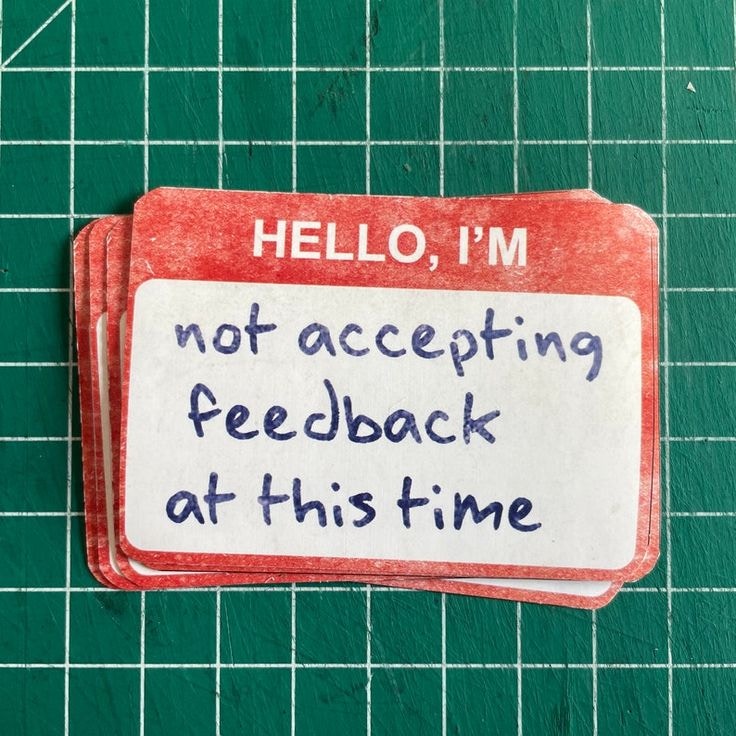
I’m a mess, and I’ve never been healthier
Words by Shira Barlow, MS, RD
Has today’s Oishii berry flavor of self-care lost the plot? I wondered, while sitting at a candlelit table. I’d been to many events like this over the years: a seated dinner with a low-stakes agenda for people who have a relationship to the word “wellness." But when I got there, I experienced something new. I was the only mom slash person my age (39). They were young! Comparatively, at least. “Into!” I thought. I mingled and chatted with pleasure. I was excited to hear about their jobs and boyfriends.
The women were kind, polished and well-spoken, some with perfectly slicked-back buns and others with the bouncy blowouts of my generation at that age. All of them with their factory-setting eyelids. My mind wandered before the salmon course, remembering my insatiable thirst for self-care in my 20s, with a 12-step skin-care regimen and multiple gurus. I also began to recall that despite my ample time for, and access to, excessive amounts of this kind of self-care, I was somehow never more anxiety-ridden.
At one point there was a lull in the conversation and I was content taking in the vibe and facial collagen. The sustainably sourced fish started arriving at the table, and I overheard a discussion unfolding next to me that I wanted to be a part of. There was an athletic club on the east side of Los Angeles. Two of the women were members. They both worked and worked out there. Their friendship and coworking arrangement made me feel nostalgic for something I never had, but could easily imagine—two freelancers who bounced ideas off each other, and who probably took turns watching each other’s purses and laptops and coffees. This is nice, I thought.
Another woman chimed in, adding that as a fellow self-employed person, having a space to work outside the home was so important. I didn't nod in agreement, but the others did, and I completely understood where they were coming from. Fair enough, I thought. And then she doubled down, declaring with authority that you simply cannot eat in the same place that you work. I hung on every word thereafter to make sure I understood her position correctly. Her thesis: In order to eat mindfully and work mindfully—to feel, and to be well, while eating and working—those things must occur in different spaces. That eating in the same place that you work (even if those things happen at different times) is bad for feng shui. It disrupts The Energy Flow. My eyes widened with concern. They nodded more.

"My mind wandered before the salmon course, remembering my insatiable thirst for self-care in my 20s, with a 12-step skin-care regimen and multiple gurus. I also began to recall that despite my ample time for, and access to, excessive amounts of this kind of self-care, I was somehow never more anxiety-ridden."
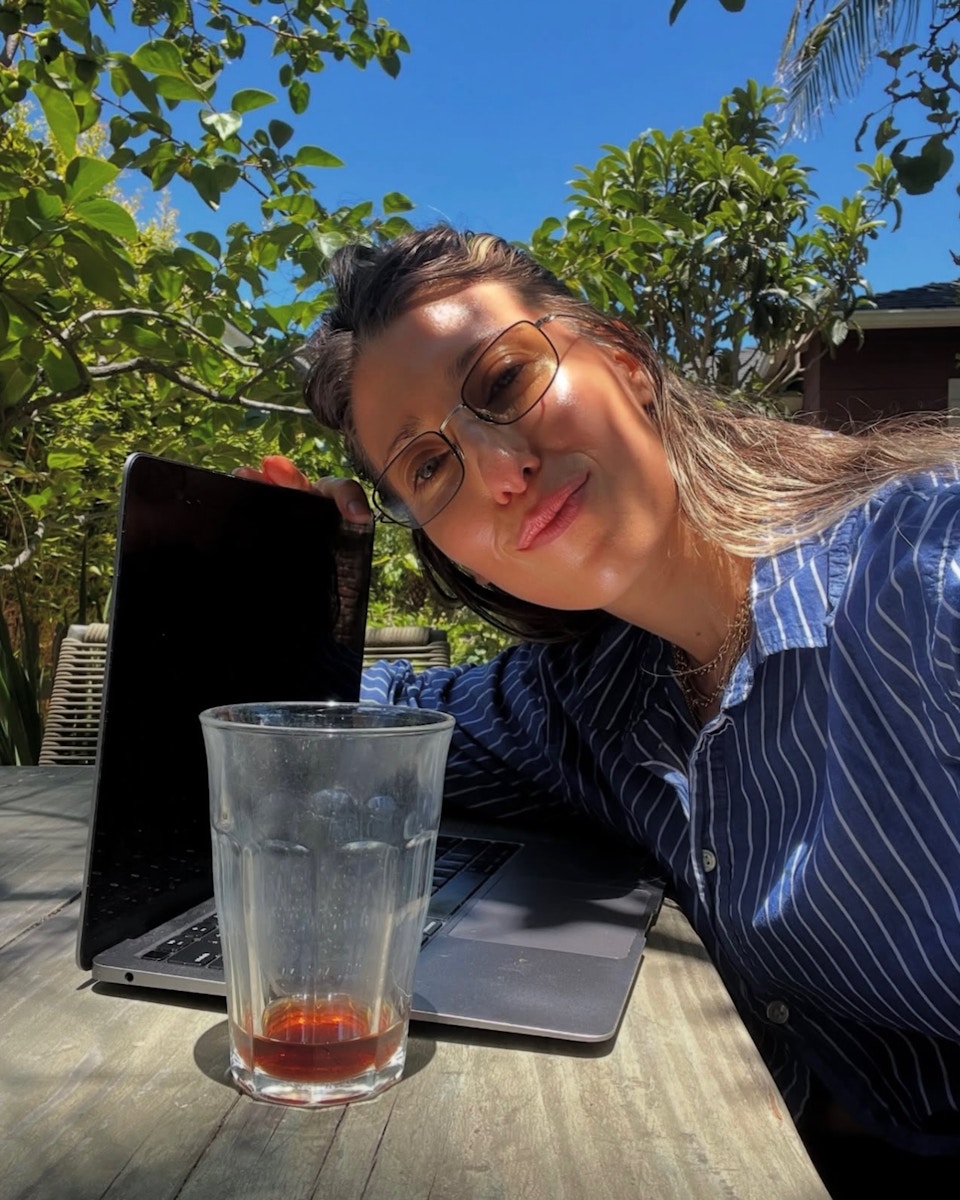

I felt my cheeks heat up nervously, anticipating that the conversation might volley to me. I not only eat at the same table I see all my nutrition clients from, I also do all my writing there. It’s also where I often annihilate my 7-year-old son in Pokemon (sorry, bud!). And, if I’m being honest, there’s almost always a rotating assortment of hats and glasses and cords at this table, plus a melange of kid debris like markers, doodles, forgotten party favors, and random beads. I do my best to keep the debris in the various receptacles around my home intended for kid debris, and while I do find myself attempting to organize it all rather constantly, it has a way of multiplying, as kid debris does.
And yet, I can work there and eat there, mindfully (for the most part), just fine. During an important work Zoom, I once unearthed a rock on my messy table that my son had deemed powerful. I touched the top of the small stone out of frame and it gave me more peace and useful energy than any healer ever has. I smiled at the people on my Zoom screen.
The dinner conversation did not volley to me, but it continued, and the consensus was unwavering among the three, facial-collagen-rich women.
I’ve been watching some strands of the wellness world move towards an almost AI-pornification version of itself. Where, after a while, you can only get off if you’re being fed a ketamine-laced Oishii berry during the full moon. Someone from Oishii reached out to me asking if I wanted to do a paid collaboration for Mother’s Day. I didn’t. The $20 Oishii-for-Erewhon strawberry gave me secondhand embarrassment. Not because I’m above overpriced luxury items. I love Erewhon, I shop there. But a $20 strawberry, while admittedly genius in its viral bait absurdity, feels the same to me as zany porn. It’s giving: a consumer culture so desensitized that a regular strawberry just doesn’t do it anymore. We need a sweeter strawberry now?
"I’ve been watching some strands of the wellness world move towards an almost AI-pornification version of itself. Where, after a while, you can only get off if you’re being fed a ketamine-laced Oishii berry during the full moon."

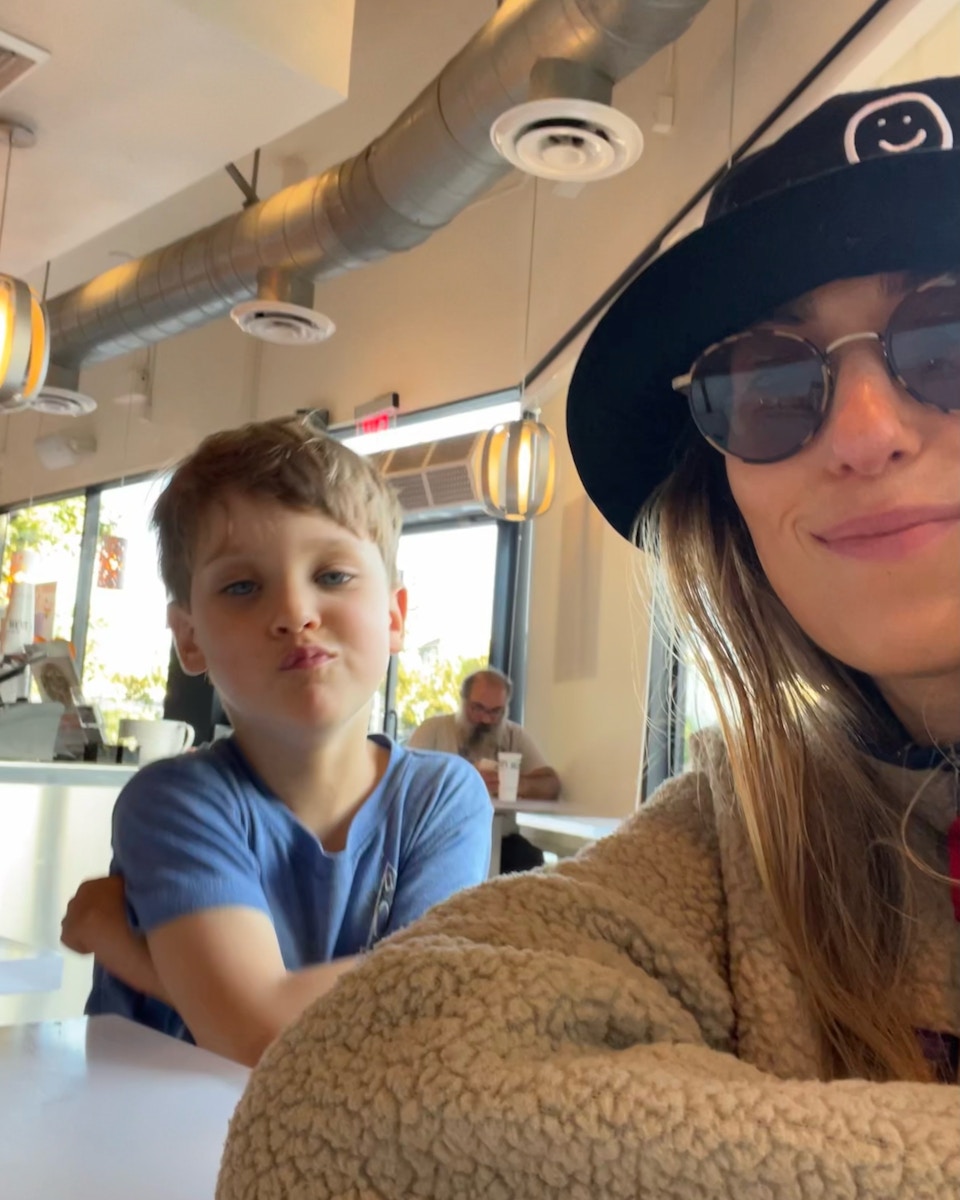


"The (admittedly privileged) problem is that we are conflating luxury wellness experiences with true foundational wellness, and relaxing and regenerative wellness practices with the tools we need to center ourselves in real life (not just at the spa)."

The (admittedly privileged) problem is that we are conflating luxury wellness experiences with true foundational wellness, and relaxing and regenerative wellness practices with the tools we need to center ourselves in real life (not just at the spa).
Luxury wellness things are really nice, and I take part in some. But by over-focusing on the modern-day definition of self-care, which is rooted in unwinding and indulging our senses, I believe we are leaving out the quiet, and truly central work from the conversation. I’m certainly not saying we have to relax less, but I do believe we have to do more of the less fun, not-so-buzzy, personal work. Like, reflecting on the misalignment between our intentions and our actions (like when we say we want to workout more but we don’t actually make time for it). Forgiving ourselves for being imperfect. Gathering self-knowledge about our maladaptive patterns. These are the practices we need to help ground us when we’re feeling disconnected from our bodies at a family meal after a workday that was four hours too long. When an infuriating email comes through, those are the practices that help us resist the urge to search for refuge in the shelf-stable office pantry snacks we’d never purchase. That helps us summon a deep breath rather than stress-eat our kids’ mac and cheese when they do something at a restaurant that fills us with the desire to disintegrate into dust.
At its core, actual wellness is a deeply inside job. This is echoed in the cases I see in my private nutrition practice (and with myself and my friends) over and over and over again. The basis of wellness—of feeling well, of doing things like eating and working mindfully—is nervous system regulation. Meaning, how capably we deal internally when we feel uncomfortable. I find that almost none of us were taught how to sit in discomfort, myself (especially) included. But for better or worse, that work, which can make us feel so vulnerable and raw, is the only way through. Go figure. In order to feel well—in the most fundamental way—we must first learn how to tolerate feeling, at least slightly and temporarily, unwell.
We don’t need a separate place to eat and work. We don’t need fruit that’s been grown using AI-leveraged technology to replicate idyllic weather patterns in Japan. What we do need is to slow down when we can, to get honest about what makes it hard to show up for ourselves consistently, and use that information as a roadmap to make thoughtful choices regarding food and movement and relationships in the context of our weird, messy lives. I can see the value in a practice like feng shui. It’s not a stretch to imagine that a clutter-free space could support mental health and productivity (I know my amicably ex-husband would agree). It’s just that our lives are not clutter-free, so we have to hone tools for the inevitable debris.
In my practice, I work and have worked with people who live in different places, who do different jobs, and who, I assume, span different tax brackets. Many have names you’d recognize. Founders whose products you have at home. People who win awards and headlines for “shifting culture.” Their lives are big, and even though they could easily afford $20 strawberries, all the healers, and fancy members-only places, they are no less immune to the messiness of life. Or the need for internal regulation in order to avoid self-sabotaging or emotionally eating or abandoning their weighted-vest walks when life inevitably gets life-y.
Nobody is. When I started my practice over a decade ago, I would have rolled my eyes at this, because it is deeply simplistic and seemingly theoretical. The key to all of it—to living well, or mindfully, as the woman at the dinner articulated in her thesis—is about letting complex emotions exist collectively in real time.
—
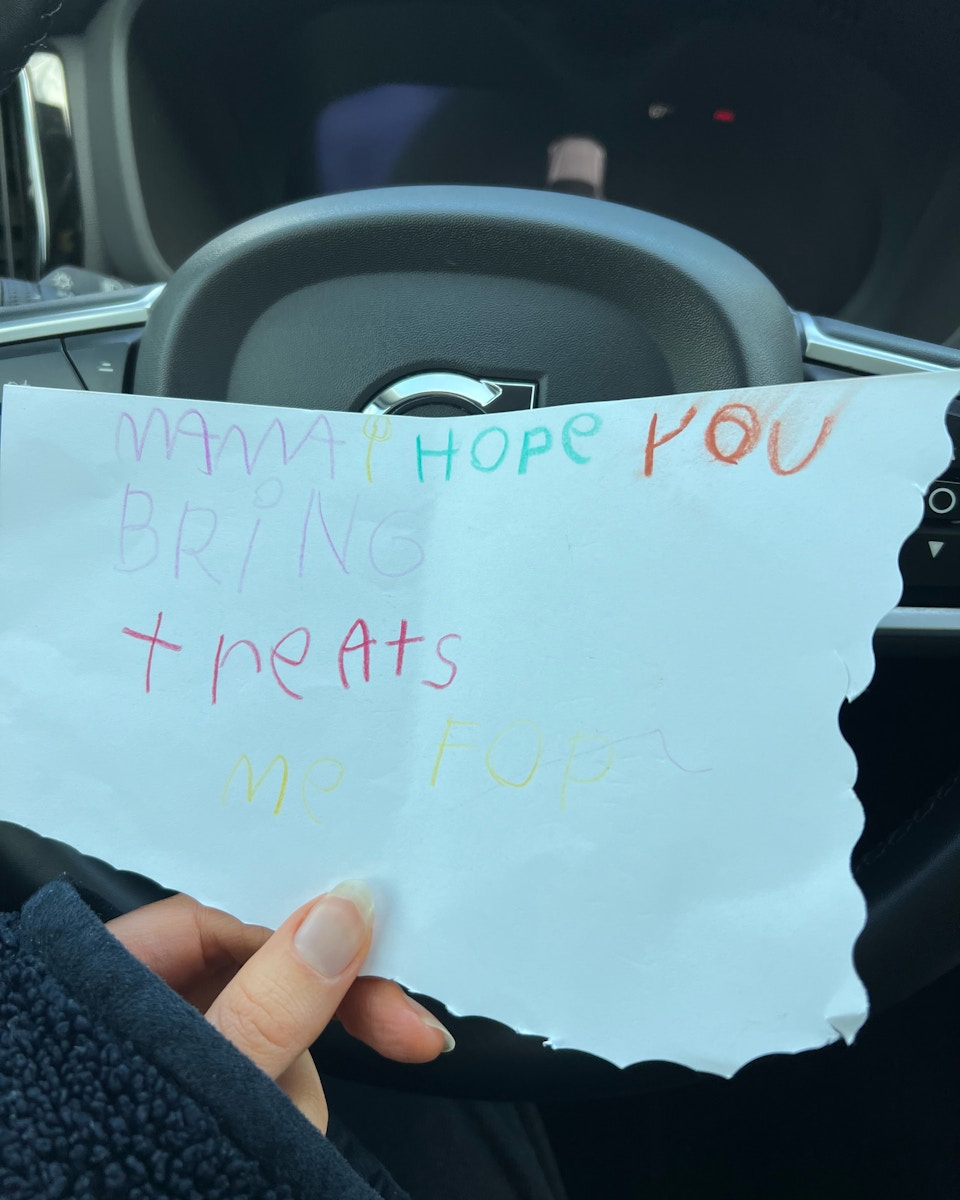
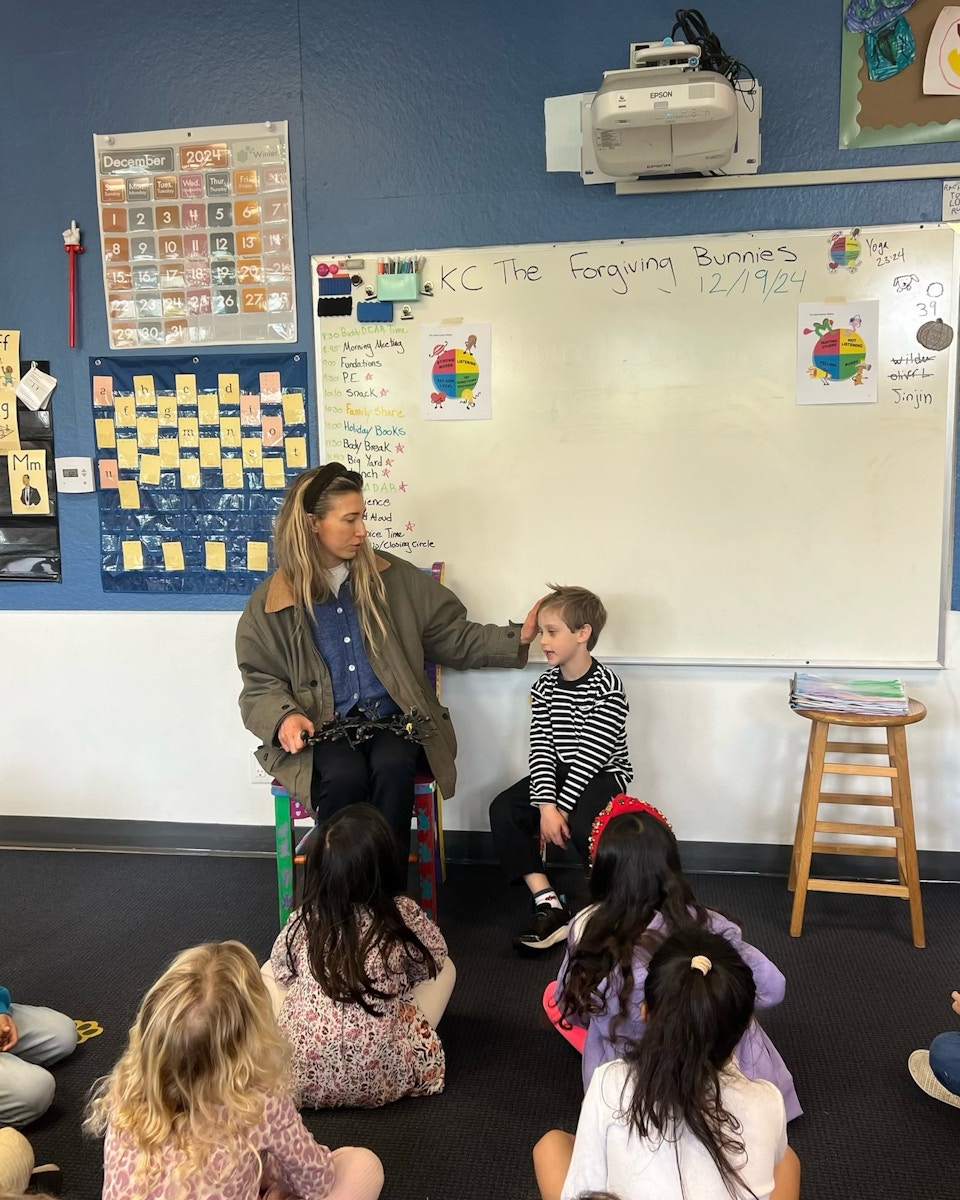
A dear friend’s husband tore his ACL and she has been taking care of their kids solo while helping him bathe. She cried to me on the phone, and we collectively grieved how hard it’s been. Several minutes later, we were howling with laughter, girlishly, about the absurdity of washing one’s husband’s butt in a non-sexual way. Wellness, in my opinion, is about letting it all be true at the same time.
I decided the taut-eyelidded wellness women’s commentary was both out of touch, and adorable. I want to live in a world where both those things can be true, without villainizing a generation. I was the exact same at that age. Maybe nervous system regulation is easier to access after you’ve had a chance to make some mistakes and forgive yourself for them, or once your eyelids start relaxing into your eyeballs a bit more. Seven years ago, I packed a thong in my hospital bag as I was leaving haphazardly for my emergency c-section—the thong wasn’t an accident though. “You won’t be needing those,” my favorite nurse said. She laughed, lightly, warmly. My arm gripped hers, tight, as she helped me to the bathroom in underwear that resembled the packaging at the bottom of a box of fancy pears gifted to people in corporate offices.
At the end of the dinner, I lugged the gift bag, heavy with wellness products, to my car and set it down on the passenger’s seat next to my son’s scooter helmet, and atop a different assortment of kid debris. I was pleased that I had zero instinct to do a little “just you wait…” to the younger women at my table. I believe that pause is wellness, also.
Shira Barlow, MS, RD is an author and registered dietitian in private practice for the past 14 years. She holds a master’s degree in clinical nutrition from NYU, is a residency alumnus of Mount Sinai Hospital, and works one-on-one with clients on broad ranging nutrition goals. Her weekly Substack EVEN BETTER is where she shares her relatable wellness tips and the recipes and meals she and her clients have on repeat. She wrote recently about tools to help sit in uncomfortability, which has made a lot of people cry (in a healthy way). She lives with her son in Los Angeles.